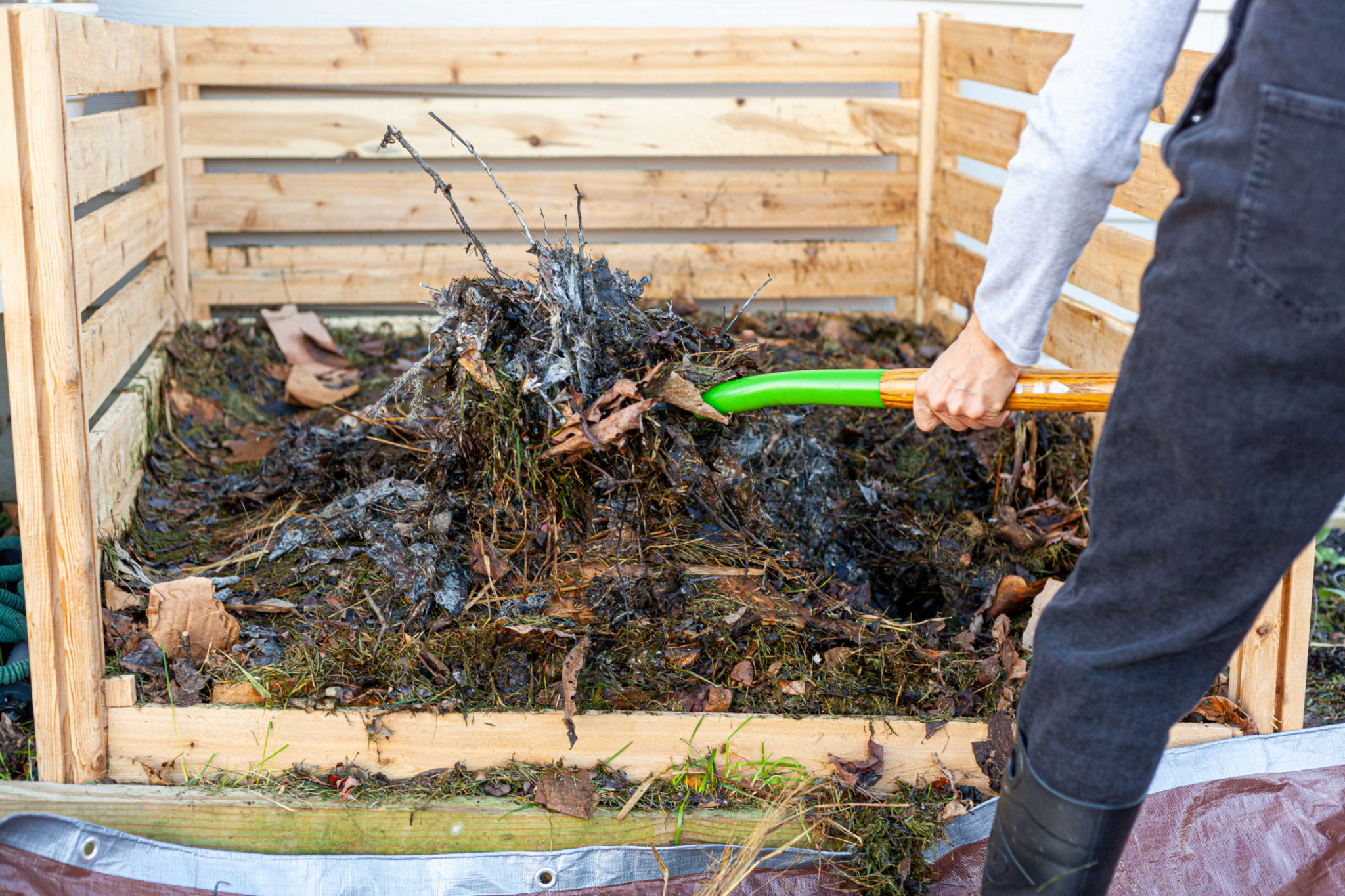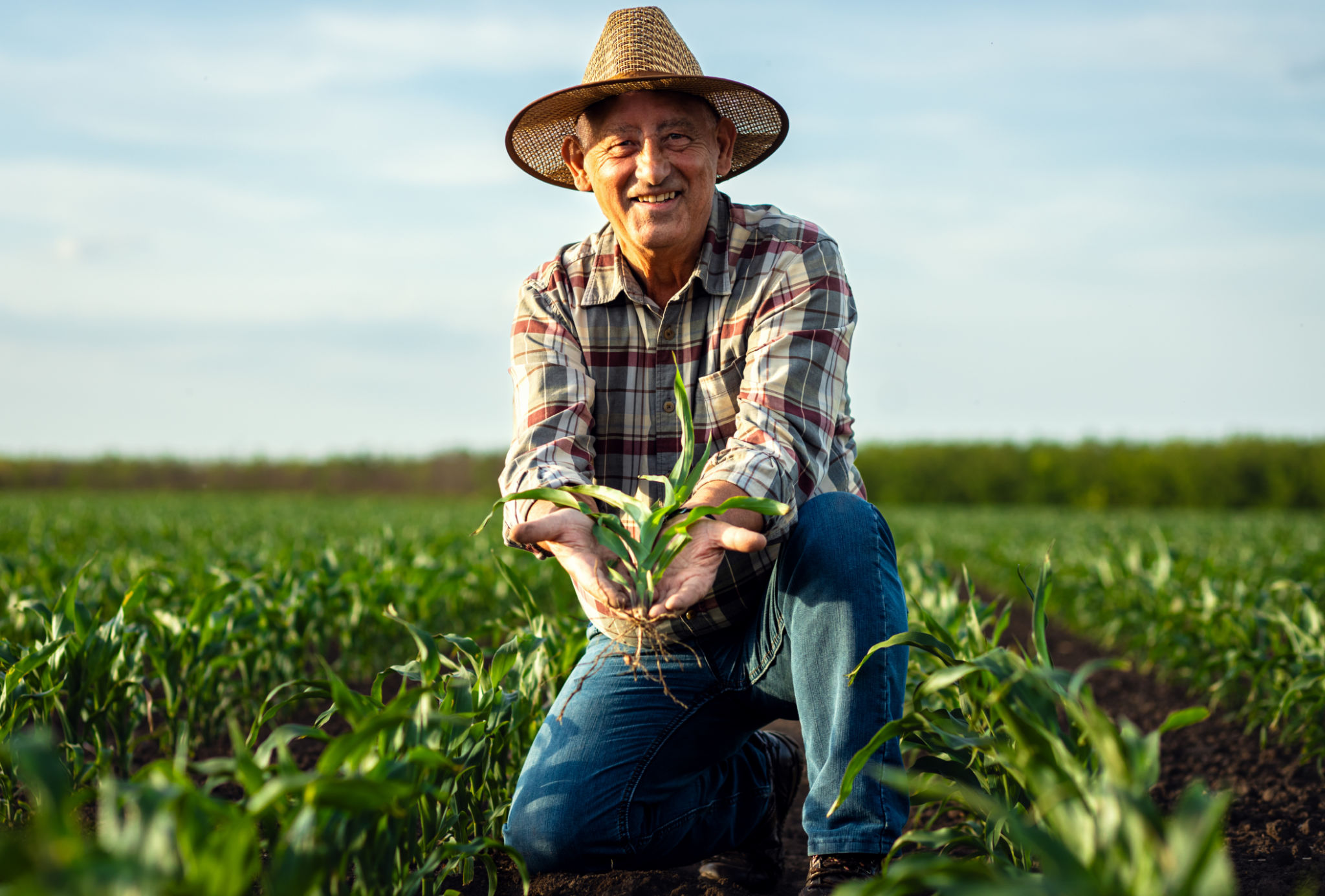Improving Soil Health: Expert Tips for Marion County Gardeners
Understanding Soil Health
For gardeners in Marion County, enhancing soil health is essential for achieving lush, thriving gardens. Healthy soil is the foundation of successful gardening, contributing to nutrient-rich plants and robust growth. Understanding the soil composition and how to improve it can make a significant difference in your gardening endeavors.
Soil health is determined by its ability to function as a living ecosystem that sustains plants, animals, and humans. It encompasses chemical, physical, and biological components that need to be balanced for optimal plant growth. By focusing on improving soil health, gardeners can enjoy increased productivity and healthier plants.

Testing Your Soil
The first step in improving soil health is conducting a soil test. This will provide insight into its pH level, nutrient content, and texture. Knowing these factors allows you to make informed decisions about amendments and treatments needed for your specific garden plot. Soil testing kits are readily available and easy to use, providing a comprehensive overview of what your soil needs.
Once you've tested your soil, you can identify deficiencies or imbalances. For instance, if the pH level is too low or high, it affects nutrient availability to plants. Correcting these issues early on sets the stage for a bountiful garden.

Organic Matter: The Key to Healthy Soil
Incorporating organic matter into the soil is one of the most effective ways to boost soil health. Organic matter improves soil structure, enhances water retention, and provides essential nutrients as it decomposes. Compost, aged manure, and leaf mold are excellent sources of organic matter.
Regularly adding organic matter to your garden helps maintain an active population of beneficial microorganisms that play a crucial role in breaking down organic material and cycling nutrients. This rich ecosystem within your soil supports plant health and resilience.

Practicing Crop Rotation and Cover Cropping
Crop rotation is a practice that involves changing the types of plants grown in a particular area each season. This practice helps prevent soil nutrient depletion and reduces the risk of pest and disease buildup. By rotating crops, you allow the soil to replenish nutrients consumed by different plant families.
In addition to crop rotation, planting cover crops during the off-season can greatly benefit soil health. Cover crops such as clover or rye help prevent erosion, suppress weeds, and add organic matter to the soil when tilled under. These practices contribute to a more sustainable gardening approach.
Minimizing Soil Disturbance
Reducing tillage is another strategy for maintaining soil health. Excessive tilling can disrupt soil structure, harm beneficial organisms, and lead to erosion. Consider adopting no-till or low-till practices to preserve the natural structure of your soil.
No-till gardening involves leaving the soil undisturbed by planting directly into the remnants of previous crops. This method preserves the habitat of beneficial microorganisms and worms that improve soil fertility. By minimizing disturbance, you create a more stable environment for plants to thrive.

Water Management for Healthy Soil
Proper water management is crucial for maintaining healthy soil. Overwatering can lead to waterlogged roots and nutrient leaching, while underwatering can stress plants and reduce yield. Implementing efficient irrigation systems like drip irrigation ensures that plants receive the right amount of water without waste.
Mulching is another effective technique for conserving moisture in the soil. A layer of organic mulch helps retain moisture, suppress weeds, and regulate soil temperature. By combining good watering practices with mulching, you can optimize water usage and improve overall soil health.